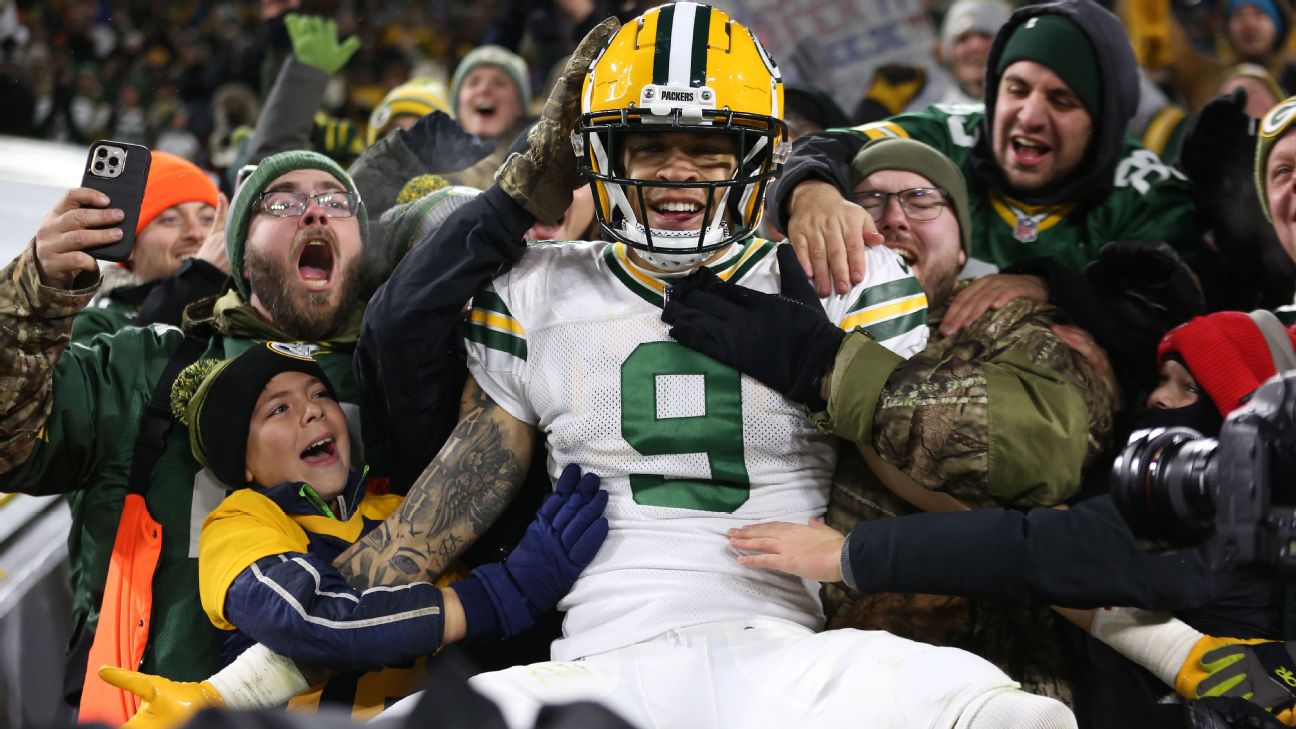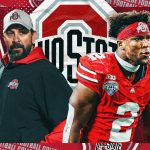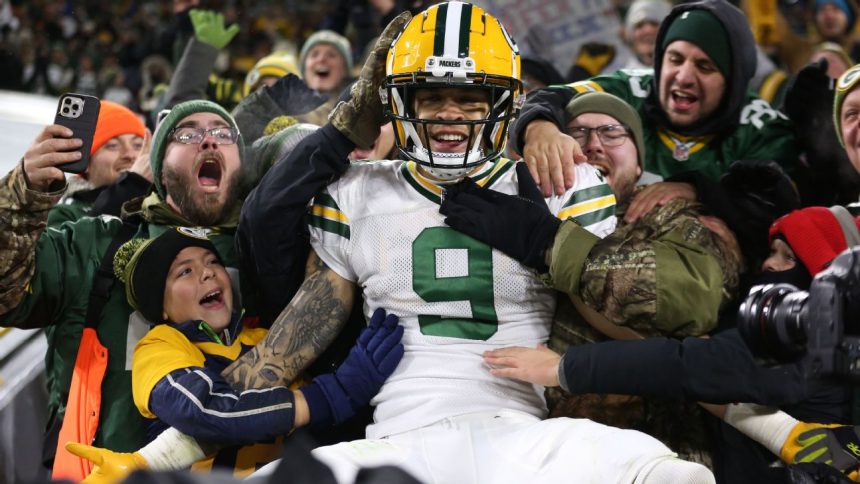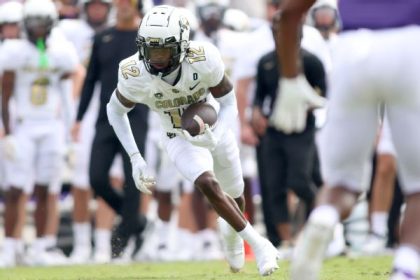
Prepping for the upcoming fantasy football season requires asking tough questions.
Which NFL teams are set up for success? Which teams are set to struggle? Where can fantasy managers mine for latent fantasy talent? Which brand-name stars could actually disappoint?
Throughout June, I’ll sift through every division and highlight the most pressing fantasy question facing each team. Next up, the NFC North.
Other pressing questions by division: AFC North
Will DJ Moore see enough volume to produce WR2 fantasy numbers?
The answer depends on whether or not you think Justin Fields (aka Baby Jalen Hurts) will make the leap as a passer in 2023. The momentum (if you believe in such a thing) is leaning in Fields’ favor. His completion percentage improved from 51% in September to 71% in December. Additionally, his pass attempts per game jumped from 19.4 from Weeks 1-7 to 22.8 over the final eight contests of the season.
While the uptick in attempts wasn’t sizable enough to make a staggering fantasy impact, it is evidence of potential production. A Bears pass-catcher drew at least seven targets just seven times throughout the season, but the bulk of those instances occurred after Week 9 and resulted in an average of nearly 15 fantasy points per game. Moore — a receiver who has cleared 100 targets for four straight seasons — is an obvious upgrade over any of last year’s options. As Chicago’s alpha, he’s in line for triple-digit looks (6-8 per week) and a top-25 fantasy finish.
Takeaway: Fields’ continued growth as a passer in combination with Moore’s potential volume provide the veteran wideout with a fantasy floor in the WR2/flex range.
Is Jahmyr Gibbs worth a third-round pick in 12-team leagues?
Absolutely. Gibbs is an RB2 with RB1 upside. He possesses rare acceleration (91st percentile burst score) and natural pass-catching ability (recorded more than 100 grabs at Alabama). His work as a receiver is what figures to make him so valuable in PPR-friendly formats.
Last season, D’Andre Swift averaged 3.4 catches per contest. Assuming the Lions are bullish on their first-round selection, the rookie is in line for at least three grabs per week (around 50 on the season). That provides Gibbs with a solid floor, as the top-20 RBs (as a whole) averaged 3.2 catches per contest. Additionally, RBs who were top 10 in receptions per game all managed top-15 numbers (on a points-per-game basis).
Takeaway: Gibbs’ talent as a pass-catcher figures to be on full display in Detroit, making him a worthy early-round target in PPR leagues.
Will Christian Watson emerge as a weekly set-it-and-forget fantasy option?
Despite a sluggish start, Watson burst onto the fantasy scene with a hearty nine TDs in his rookie season. Eight of those scores, however, came in just four games, all of which occurred while Romeo Doubs was sidelined. To his credit, Watson’s volume remained steady after Doubs’ return, but the scoring dried up. While the 24-year-old figures to work as the Packers’ No. 1 WR, it’ll be tough for him to manage the same number of spikes in his sophomore campaign.
Allen Lazard’s exit frees up around 100 looks. But the quality of those targets are likely to be an issue with Jordan Love under center. Love struggled with accuracy throughout his college career, as he was off-target on more than 27% of throws that traveled 10 or more yards. That doesn’t set up well for Watson, who managed a drop rate of nearly 9% on passes more than 10 yards (highest rate among all players that drew at least 30 such looks).
Takeaway: An increase in volume and a favorable strength of schedule put Watson on the fantasy radar, but Love’s inexperience caps his ceiling, making Watson a WR3 for fantasy purposes.
Fantasy Debate time!
Will Christian Watson break out and finish inside the top-20 fantasy WRs at the close of 2023?
– Liz Loza (@LizLoza_FF) May 22, 2023
Will Jordan Addison provide better fantasy returns than Adam Thielen (WR30) did in 2022?
Thielen continued to draw high-value looks (22 red zone targets) last season, but his TD rate (8.5%) was the lowest it had been in the Kirk Cousins era. His overall targets also decreased by about one per game, which correlated with T.J. Hockenson’s arrival in Week 8. Thielen averaged 7.1 targets per game (1.5 RZ targets per game) from Weeks 1-6. Those numbers dropped to 5.8 targets per game (1.2 RZ targets per game) from Weeks 8-18. But there’s still room to eat in this offense … and Addison’s opportunity is undeniable.
The Biletnikoff winner is a savvy route-runner who consistently produced at Pitt and USC. His first-round draft pedigree suggests he’ll start immediately opposite Justin Jefferson. With defenses keying on JJettas, the rookie figures to benefit from softer coverage. Additionally, Thielen’s exit opened up a decent production spot in the offense. In eight of the 10 games after Hockenson was acquired, a player not named Jefferson or Hockenson cleared 13 fantasy points. That may not be enough to best Thielen’s 2022 campaign, but it remains a solid floor for a player currently ranked outside of the top 35 fantasy WRs.
Takeaway: Addison figures to draw upwards of 90 targets in the Vikings’ up-tempo offense and should be considered a WR3/WR4 for fantasy purposes.
Follow Liz on Twitter: @LizLoza_FF












